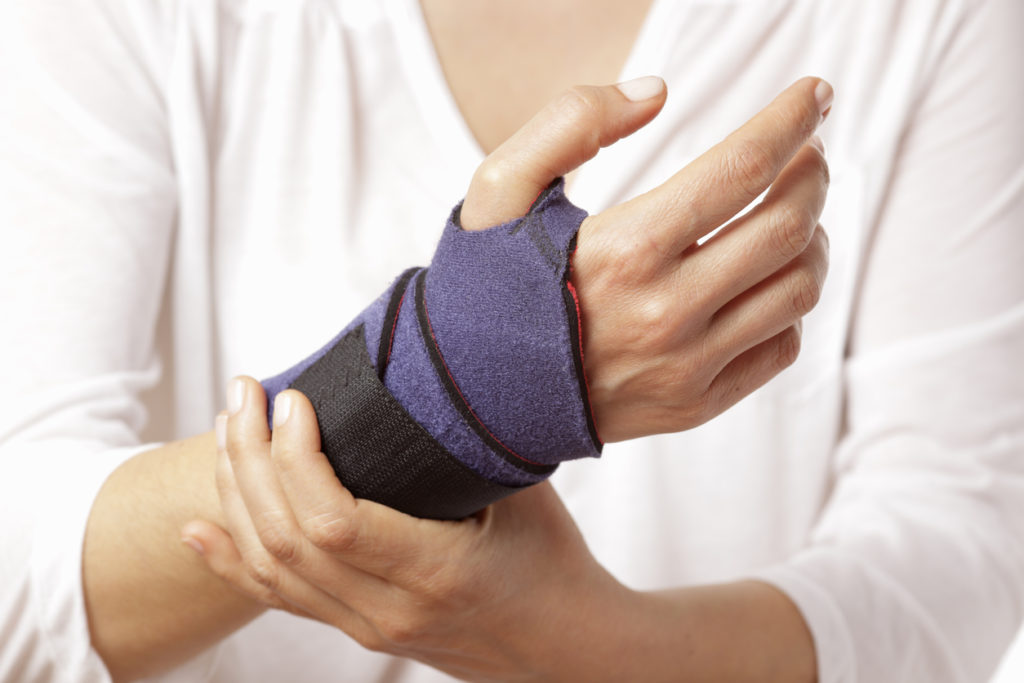Don’t Let a Repetitive Use Injury Slow You Down — Here’s How To Avoid Them

You know how frustrating it can be if you’ve ever had to take time off work because of a repetitive use injury. Not only are you unable to do the things you love, but you also have to worry about how you will support yourself and your family.
Repetitive use injuries are one of the most common types of injuries in the workplace, and they can occur in any industry. This blog post will discuss what repetitive use injuries are, how to prevent them, and what to do if you suffer from one.
What Is a Repetitive Use Injury?
Also called repetitive motion injuries (RMIs) or overuse Injuries, repetitive use injuries are caused by performing the same motion repeatedly. This can happen at work, during leisure activities, or while doing everyday tasks such as cooking or cleaning.
Some of the most common injuries include:
- Carpal tunnel syndrome
- Tendonitis
- Epicondylitis (tennis elbow)
- De Quervain’s disease
These injuries can be excruciating and make it difficult to perform everyday activities. If left untreated, they can become chronic or even lead to long-term disability.
Signs and Symptoms of a Repetitive Use Injury
The most common symptom of repetitive use injury is pain. This can be a dull ache or a sharp, shooting pain. Other symptoms include:
- Tingling or numbness in the affected area
- Swelling
- Weakness in the affected limb
- Difficulty moving the affected joint
- Stiffness
- Sensitivity to cold or heat
If you experience any of these symptoms, see a doctor immediately. An early diagnosis and treatment are essential for preventing chronic pain and disability.
Causes of Repetitive Use Injuries
When you use the same muscle group repeatedly, it can become overloaded and break down. This is especially true if you are not using the proper technique or performing a task that is too difficult for your skill level.
Activities that put you at risk for repetitive use injuries include:
- Heavy lifting
- Repetitive motions
- Poor posture
- Awkward body positioning
- Vibration
- Cold weather
Specific jobs and occupations are more likely to cause repetitive use injuries, such as:
- Assembly line work
- Construction work
- Carpentry
- Nursing
- Gardening
- Computer work
People who participate in sports or other forms of exercise are also at risk. Tennis, golf, and running are some of the most common activities that lead to repetitive use injuries since they involve repetitive arm or leg motions.
How To Prevent Repetitive Use Injuries
There are several things you can do to prevent repetitive use injuries. Here are some tips.
1. Use Proper Technique When Performing Tasks
If you are lifting something heavy, be sure to use the proper form. Lift with your legs, not your back, and avoid twisting your body. If you are using a vibrating tool, hold it with both hands to reduce the risk of vibration injury.
Whenever possible, take breaks to give your muscles a chance to rest. If you can’t take a break, try to vary your position and movements as much as possible.
2. Use the Right Equipment
The right equipment can make a big difference in preventing repetitive use injuries. If you are lifting heavy objects, use a dolly or hand truck. When using a power tool, choose one that is the right size and weight for you.
If your job requires you to perform repetitive motions, ask your employer if there is a way to automate the task or use a different type of equipment. For example, if you are working on an assembly line, ask if there is a conveyor belt that can be used to transport the product. In some cases, these tools are part of OSHA requirements.
If you play sports, use the proper equipment for your skill level. For example, a tennis racket that is too heavy can lead to tennis elbow.
Wearing the correct type of shoes can also help prevent repetitive use injuries. Wear shoes with good arch support and a cushioned sole if standing for long periods. If you are playing a sport, wear shoes designed specifically for that activity.
3. Stay in Shape
Being in good physical condition can help prevent repetitive use injuries. Strong muscles and bones can better handle the stress of repetitive motions.
Overweight people are more likely to develop repetitive use injuries. If you carry extra weight, try to lose it through diet and exercise.
Stretching and flexibility exercises can also help prevent repetitive injuries by keeping your muscles and joints limber.
Final Thoughts
While it is impossible to prevent all repetitive use injuries, you can take steps to minimize your risk.
We hope the tips in this post have been helpful for you and that you will continue to protect your body from harm by following these guidelines. If you need Maryland workman’s compensation, contact us today.
